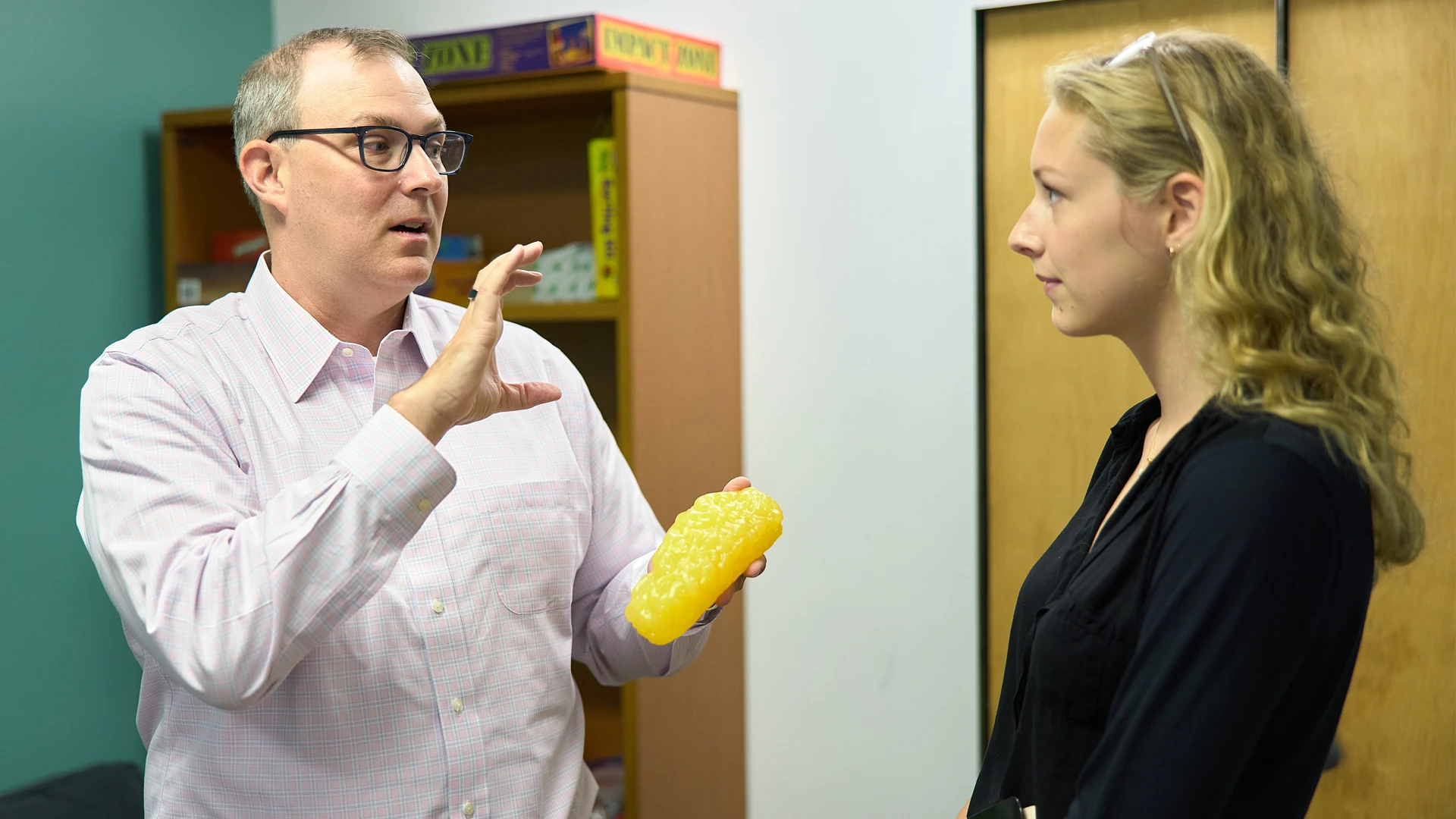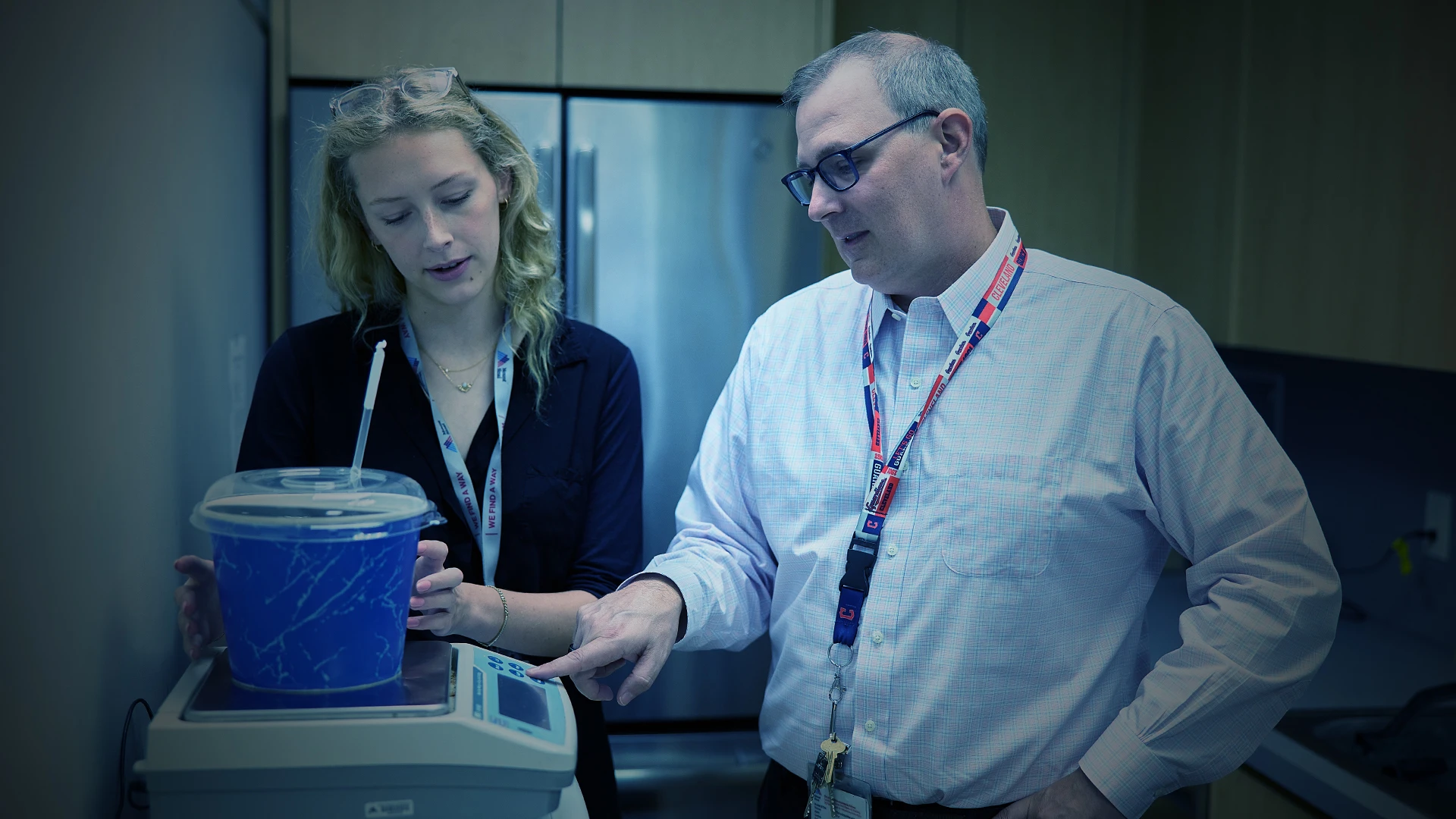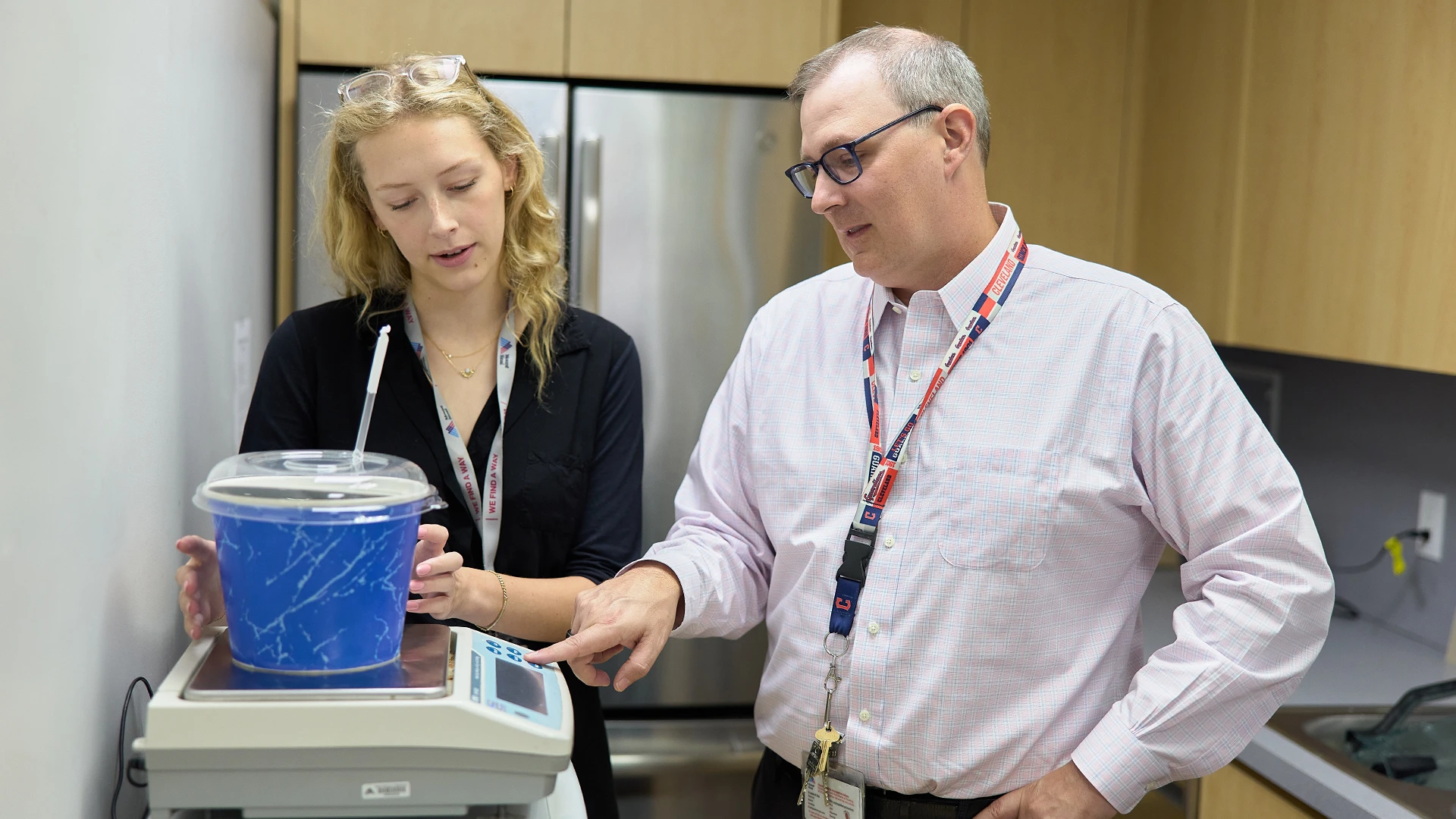In April, the Center of Excellence in Eating and Weight Disorders at Mount Sinai launched a five-year study to assess a new family-based intervention for youth with anorexia. The study builds on previous research from Thomas Hildebrandt, PsyD, a Professor of Psychiatry at the Icahn School of Medicine at Mount Sinai, and Chief of the Center of Excellence in Eating and Weight Disorders at Mount Sinai. Dr. Hildebrandt’s research suggests the underlying cause of anorexia may be different than commonly believed—a finding that could change how the deadly eating disorder is treated.
Funded by a $3.5 million grant from the National Institute of Mental Health, the trial team is recruiting 120 individuals ages 12 to 18 who have anorexia, along with their families. It will follow children with traditional anorexia and atypical anorexia, which extends the definition to children who have lost more than 20 percent of their body weight, are afraid of eating, and have signs of malnutrition—even if they do not appear dangerously underweight.
That broader definition allows researchers to include more children who need help, including more boys and young men, and those who started with larger bodies. “It’s a positive movement to recognize that anorexia can exist outside the depths of skeletal starvation,” says Dr. Hildebrandt, principal investigator of the study. The new trial is the latest development in more than a decade of research by Dr. Hildebrandt and his colleagues.
Traditionally, experts have characterized anorexia as extreme anxiety or fear—fear of food or the body changes that come with eating. But Dr. Hildebrandt’s research suggests that anorexia has less to do with fear and more with disgust. “Our thought was that patients with anorexia become disgusted by food, the feeding process, or their bodies,” he says.
In the brain, fear is driven by the amygdala, the region famously involved in the “fight-or-flight” response. But disgust involves a different brain circuit, which relies on communication between the amygdala and the insula, a region that plays a role in visceral-somatic processing. When Dr. Hildebrandt and his colleagues scanned the brains of people with anorexia, they found the insula was involved. “We demonstrated that when patients were exposed to food cues, they experienced disgust. And the brain data supported the engagement of the insula-disgust processing circuit,” Dr. Hildebrandt says.

Dr. Hildebrandt (left) demonstrating to Webb (right) the use of a "blob," a gelatinous mass used in an intervention known as interoceptive exposure.

In the trial run by Dr. Hildebrandt, caregivers help their children tolerate disgust by developing distress tolerance skills—a novel family-based intervention.
That discovery led the Mount Sinai team to develop an intervention called interoceptive exposure. In this family-based intervention, caregivers learn to help their children tolerate disgust by developing distress tolerance skills. The intervention incorporates elements such as mindfulness, positive coping, and acceptance and forgiveness into exposure therapy targeting the “gross” feelings that emerge when patients eat or restore a healthy weight.
In an initial test of the intervention, the researchers showed that when families were trained in interoceptive exposure, their children with anorexia could eat more autonomously. What’s more, fMRI showed changes in insula activation, suggesting that the intervention successfully targeted the circuitry underlying disgust.
Inclusive Treatment on All Fronts
A focus on disgust rather than fear is but one way Dr. Hildebrandt and his colleagues are pushing back against the treatment status quo. His team is hoping to change where patients receive treatment as well.
Anorexia is treated with high-intensity interventions, typically provided during inpatient stays in hospitals or psychiatric residential treatment centers. However, there are benefits to letting children stay in their homes while receiving treatment. Children who are treated in inpatient settings may be at greater risk of relapsing when they return home, Dr. Hildebrandt says. The new trial will evaluate a family-based, in-home treatment using interoceptive exposure. “Whenever we can, we want to keep kids out of residential settings. We think kids have better lives when they’re home living them,” he says.

Dr. Hildebrandt (right) demonstrating to Webb (left) how to conduct acceptance-based mirror exposure therapy, in which patients learn to overcome negative body image.
He's optimistic that reframing anorexia as an illness of disgust and shifting the intervention setting could be important steps toward finding more effective treatments. “If we can better maintain people’s ability to eat autonomously, they will live longer, healthier lives and be less likely to relapse,” he says.
Although this line of research was born in a laboratory and informed by brain imaging, its genesis is rooted in Dr. Hildebrandt’s interactions with his patients. “This comes from listening to them when they talk about their experiences with food,” he says. “That’s our greatest strength at Mount Sinai—the ability to see treatment as a collaborative process with our patients and their families. It’s important to really listen.”
Featured

Thomas B. Hildebrandt, PsyD
Professor of Psychiatry, Icahn School of Medicine at Mount Sinai; Chief of the Center of Excellence in Eating and Weight Disorders



